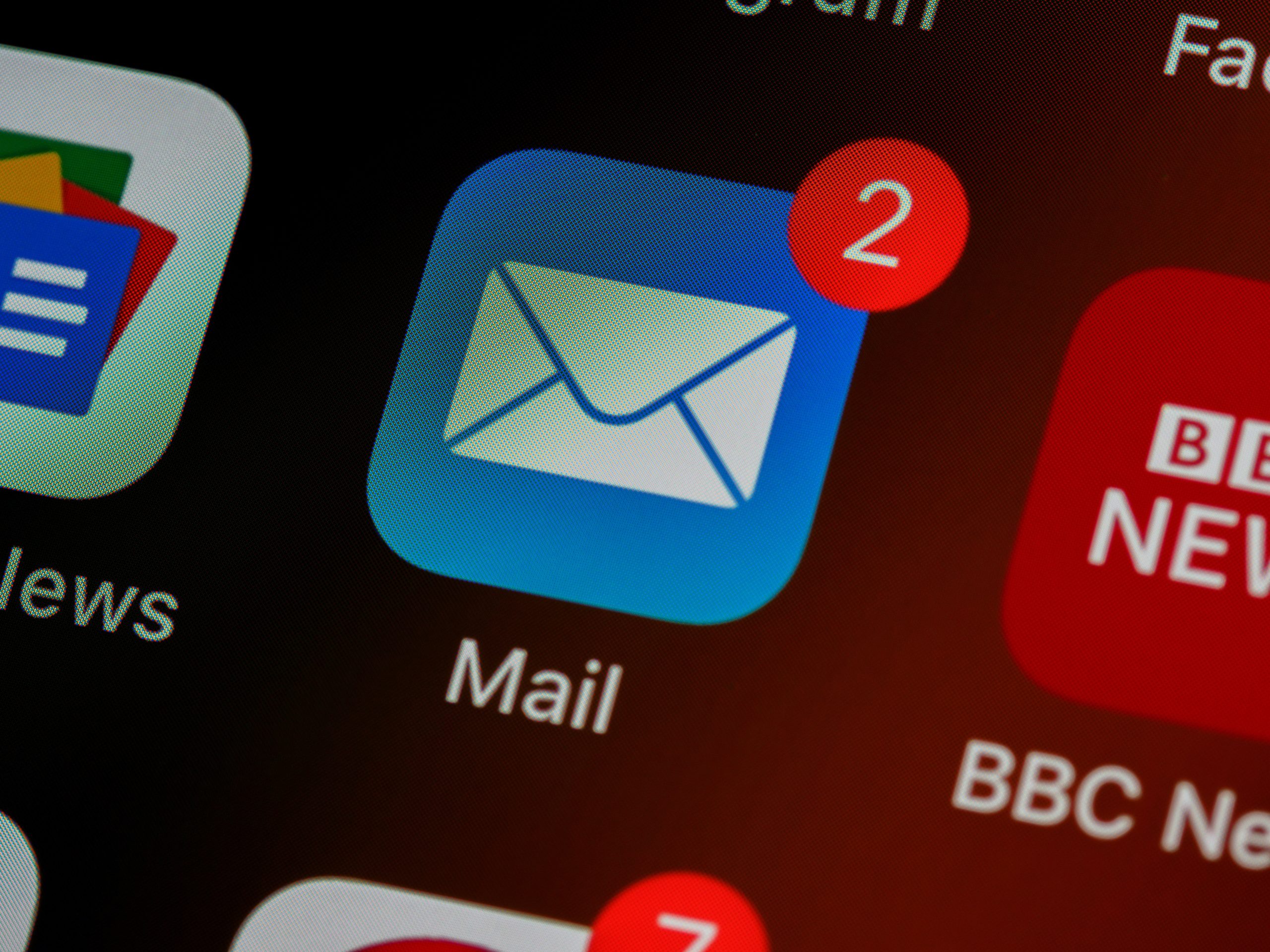You know what’s even more hurtfully useless than that overpriced dress you bought years ago but won’t wear unless the Queen calls you for tea or Brad Pitt invites you to be his red carpet date? It’s the email you spent hours perfecting the copy for that never made it to your subscriber’s inbox.
It’s 2022 and email marketers still struggle with poor email deliverability rates. Before we start, a few clarifications: Delivery is different from deliverability. While delivery refers to the number of emails sent that did not bounce (more on that later), deliverability means your email’s ability to land in an inbox and not the spam folder.
The global placement rate for emails is almost 80%, which means more than 20% of them end up as spam. When you factor in the average open rate of 22.60%, deliverability data begins to take on more importance. So it’s clear that email deliverability has to be ensured before taking other important steps like optimizing your subject lines and openings, or refining your email etiquette.
That said, deliverability rate is a complex metric that depends on your Email Service Provider (ESP), email list, email frequency, spam keyword content, domain reputation, and more. Too much too soon? You can start with this list of red flags that sabotage deliverability rates:
1. Buying Email Lists
We understand the philosophy of not making what you can buy, unless we’re talking email lists. Besides being illegal in most countries (GDPR in the EU and CAN-SPAM in the US), buying lists gives you a bunch of tired email addresses who have had everything from canned tuna to couches to car insurance marketed to them.
In fact, this is one of the most popular tactics email spammers use. So you definitely need to stay away from it to run successful outreach campaigns and to have a clean reputation.
Building an organic email list is hard work, but it’s the difference between talking to a person who wants to listen and well, talking to a wall.
Start by using segmented pop-ups to sort your subscribers based on their interests. A strong social media presence won’t hurt either. Keep your list fresh and relevant by cleaning it up through verification from time to time.
2. Neglecting the Importance of Email Verification
In your hurry to hit send, you might forget that people change companies, and therefore, email addresses. They might also lose an old account and have to start fresh.
Verifying an address before emailing users helps keep your deliverability intact, protects your domain reputation, and offers you reliable insights into consumer behavior. It’s a simple one-step process, you enter the email address in the verifier and get the email status immediately.
An email verifier checks for mistakes in the email address, whether the domain exists or not, if it’s catch-all (meaning domains that will accept emails even to an account that doesn’t exist), and does an SMTP check to make sure the email address is valid and can respond to emails.
3. Not Having a Clear Unsubscribe Option
Emails are so successful as a marketing channel and website engagement tool because they’re a great form of two-way communication. Not giving your subscribers a clear way to opt-out ventures too far into spammer territory.
This discreet Unsubscribe button in The New York Times email is the least that any decent marketer would do.
Source: Really Good Emails
A lot of companies, including giants like Microsoft and Netflix, remove accounts or subscribers after a prolonged time of inactivity. Fab does that here, with an eye-catching design and re-opt-in option to boot.
To ensure you don’t miss adding opt-out options for your marketing emails, use templates that come with unsubscribe buttons. Most modern solutions, such as popular Content Management Software (CMS) with email marketing features (built-in or via integrations) offer these templates.
4. Not Measuring Your Email Bounces
An email bounces when, instead of letting your email through, the recipient’s ESP throws it back at you. It can be a hard bounce (for example, when the email address or domain doesn’t exist) or a soft bounce (a possible cause is if the recipient’s inbox is full), but neither of them means anything good.
Source: Hunter
Soft bounces are temporary, and even though delivery has failed at the moment, it might succeed later.
Hard bounces can be especially damaging to your sender reputation by bringing down deliverability and getting you tagged as a spammer. Your immediate response in such a case should be to permanently remove that particular email address from your list.
5. Not Having Double Opt-In
Single opt-ins are loved for one reason – the speed at which they make email lists grow. They only require a single action (clicking on the Subscribe/Join button after filling in their email address). Double opt-ins go the extra mile and require the user to reconfirm their intention to subscribe by sending an email after the initial sign-up. Now, who says these emails have to be boring?
Take for example this confirmation/welcome email from Stocksy.
We’d like to make a case for quality over quantity here by pointing out that single opt-ins are much more likely to attract spammers, bots, and fake/inactive addresses. Choosing double opt-in puts you in good and numerous company, improves engagement and the quality of your email list.
6. Sending Emails From a Free (Personal) Email Address
What’s wrong with this, you ask? Firstly, it’s unprofessional. Secondly, it doesn’t give your recipients a clear way to unsubscribe, making it a direct violation of global data protection laws. In other words, illegal.
Emails, especially those sent in bulk (e.g. cold outreach), sent from a free email address have a very high chance of ending up as spam. If you get an email from some michaeljoeknapps@gmail.com, you’re not going to open it. But it makes all the difference in the world when it’s michaeljknapps@spotify.com. Oh, that Joe, you think. The one from Spotify. It works pretty much the same way with spam filters, give or take a few algorithms.
So get yourself a reputable ESP right away (and steer clear of unreliable ones that will do you more harm than good).
7. Writing Misleading and Spammy Subject Lines
Subject lines are to emails what window displays are to stores. In a world of cluttered inboxes and falling open rates, writing a short, catchy, compelling, and personalized subject line is half the battle won already.
Take a look at some great examples and avoid subject lines that are:
- Misleading
A little over 50% of users reported feeling cheated when the subject lines didn’t match the content of the promotional email. Don’t go overboard with gimmicky tactics and spammy keywords like ‘100% Satisfied’ or anything that starts with a $ sign.
- In ALL CAPS and overly-punctuated
It’s not exactly surprising that nobody likes emails that SCREAM AT THEM AND SOUND HYSTERICAL, IS IT!!!!!!????!!!!! Remember, you can sound sincere (or fun) even with Caps Lock off.
8. Designing emails with too many visuals
A lot of marketers are turning to images and videos and even email signatures to spice up their plain text cold emails. While it does show promising results, going heavy on the visuals is risky. Most ESPs have images from unknown senders turned off by default. If you’re relying only on images and visual communication to convey your message, problems with scalability could turn into your biggest nightmare. Moreover, including images increases the size of your email, and reduces accessibility.
Images in emails, like this one from Barkbox, can be fun.
But with the image display option turned off, it’d look like this.
Also, spammers love to hide malicious text behind the veil of a large image. So if you don’t want to be mistaken for one, you’re going to have to balance the visuals out with text. Recommended text to image ratios range from 80:20 to 60:40, but make sure it’s nothing lower than that.
Take a cue from Remarkable, which uses an image to complement, not replace, its text copy.
9. Using URL Shorteners
Unless you live under a rock, or never read texts (same difference, really), you’ve received at least one scammy message with a shortened link. Those links make everyone wary and if your subscribers have to verify the link before they click on it, you might as well send them that 45-word-long URL.
But here’s another option – creating hyperlinks within the email to redirect to different pages on your website (like a specific product, new products, the signup, view order or cart checkout pages, etc.)
See the use of at least six clickable links in this Nuuly email?
It’s worth a try. Just don’t forget to double-check the links to make sure they redirect to the right domain and are fully functional.
10. Including Attachments
Here’s how you win a one-way ticket to spam: by blasting bulk cold emails with attachments from a relatively new/unused sender domain. It’s not just a red flag, but a red flag waving at a bull. Thankfully, there’s a workaround.
The most basic solution is to avoid attachments altogether. Instead, send the file as a link.
Second, if sending that file is indispensable, make sure it’s in the right format (.txt, .pdf, .jpg, .gif work better than others) and size (if it’s over 10MB, don’t send it all). Also, ensure the image displays correctly across devices and remains responsive on all of them.
Attachments do have some obvious advantages: they help you keep your email copy crisp, and provide a lot of details a potential customer would want to know. So if you do plan on sending an email with attachments, make sure they are not bulk emails, do a domain warm-up before sending and always send to credible and verified addresses.
Conclusion
Spam filters are evolving every day to factor in things like engagement rates. So it has become essential for marketers to do more than just blast their subscribers with impersonal emails. Keep your emails relevant and your ROI high by avoiding these spam traps and continuing to provide your subscribers with steady value.







